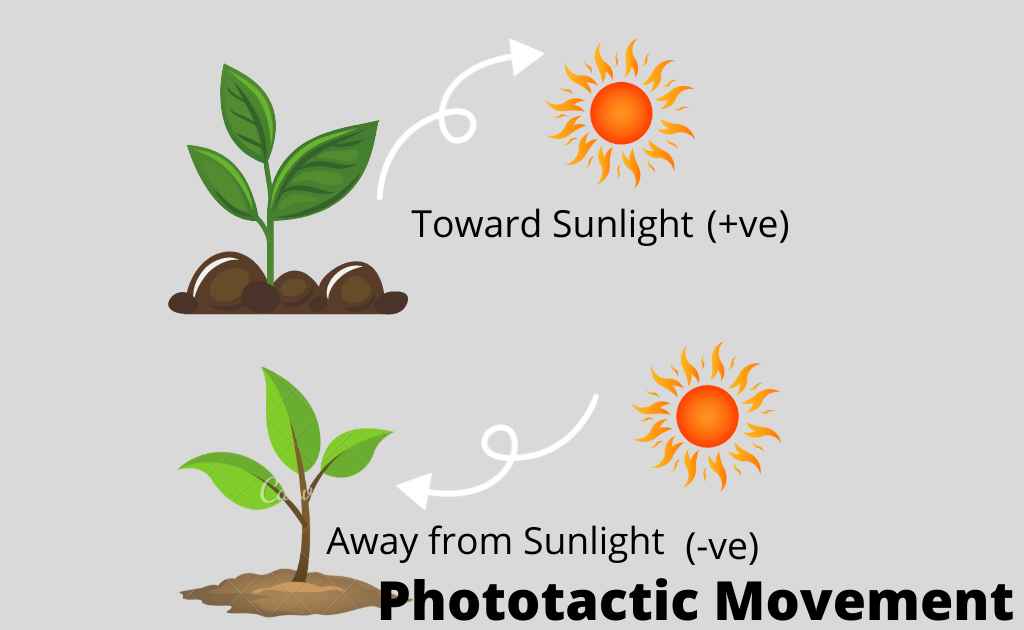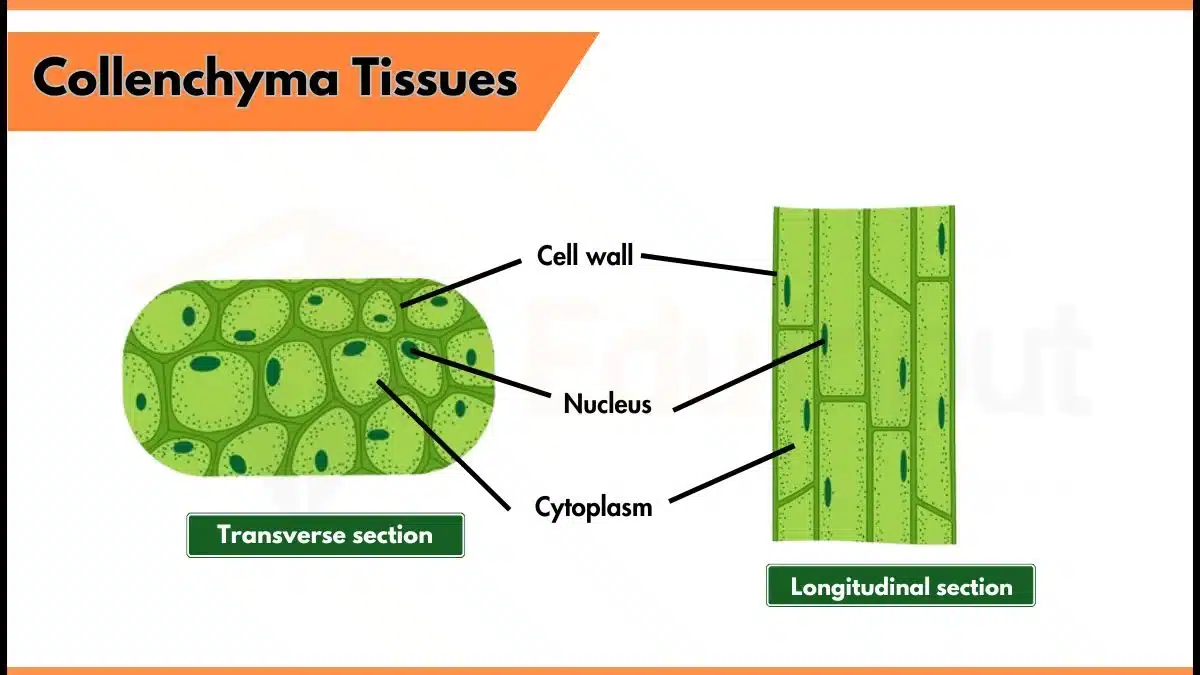Non-Muscular Movement-Definition and Types | Amoeboid Movement
Movement is a characteristic of protists and animals. These movements may be non-muscular or muscular. Some protists invertebrates use pseudopodia, cilia, or flagella for movement. Muscles and muscle systems are also found in various invertebrate groups.
These are present from the primitive cnidarians to the arthropods. Muscles are attached to the endoskeleton in more complex animals. It forms a motor system. The motor system allows more complex movements.
Types of Movement
There are two types of movements;
- Muscular movement that involves muscle contraction
- Non muscular movement doesn’t involve muscle contraction e.g; Stretching
Non-muscular Movement
All the cells have some capacity to move. They can change their shape due to their cytoskeleton. The cytoskeleton forms the basic framework of the cell. They have specialized contractile mechanisms. For example, protozoans have specific non-muscular structures. These structures are pseudopodia, flagella, and cilia.
They have proteins like actin and myosin. These proteins are responsible for the movement of all these structures. Muscles also contract by the interactions of these proteins. Actin and myosin are present in both protozoa and animals. It is evidence of evolutionary ties between these two groups.
Types Of Non-Muscular Movement
There are two types of non-muscular movements
- Amoeboid Movement
- Ciliary movement
Amoeboid Movement
Amoeboid movement is a non-muscular movement. The amoeboid movement was first observed in Amoeba. The plasma membrane of an amoeba has adhesive properties. So pseudopodia can attach to the substrate. The plasma membrane slides over the cytoplasm. The plasma membrane also rolls on the substrate. There is a thin fluid layer between the plasma membrane and the ectoplasm. It helps in rolling.
The amoeba moves forward. The fluid of the endoplasm flows forward. It flows into the pseudopodium. Endoplasm reaches the tip of a pseudopodium. The endoplasm changes into ectoplasm. At the same time, the opposite end changes into endoplasm. It again starts flowing forward.
Amoeboid movement is also shown by the following cells:
• Some white blood cells and coelomic cell fluid field cavities. Embryonic tissues also show amoeboid movements.
• Amoeboid movement also takes place in wound healing. It also takes place in many cell types growing in tissue culture.







Leave a Reply